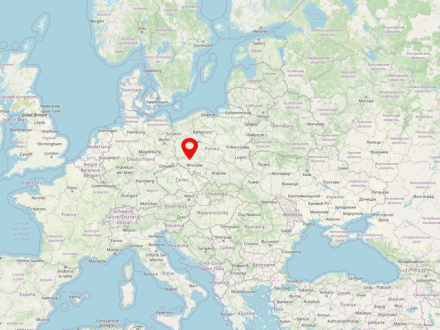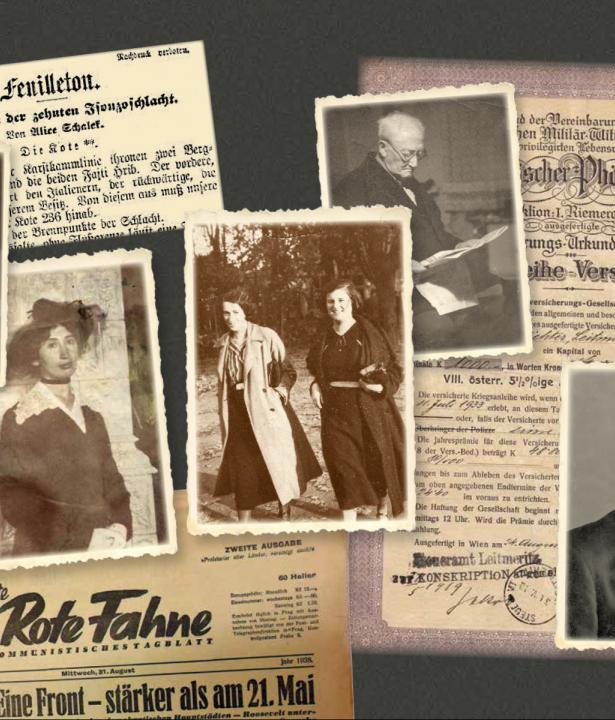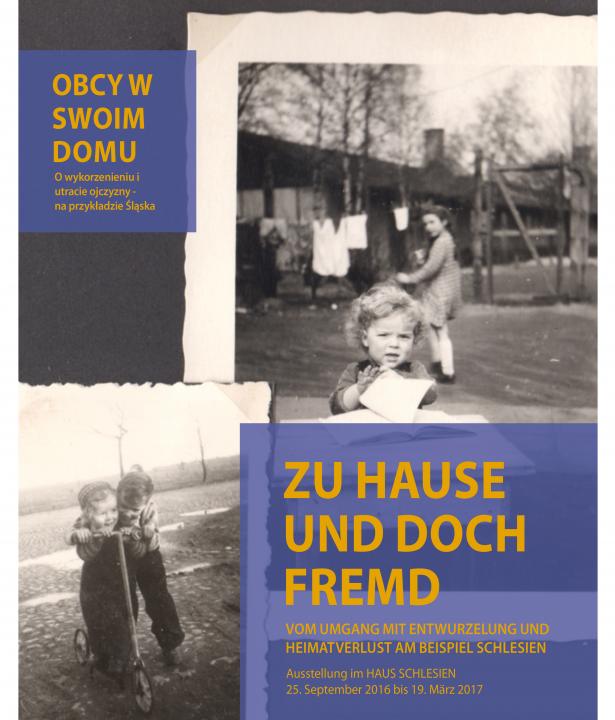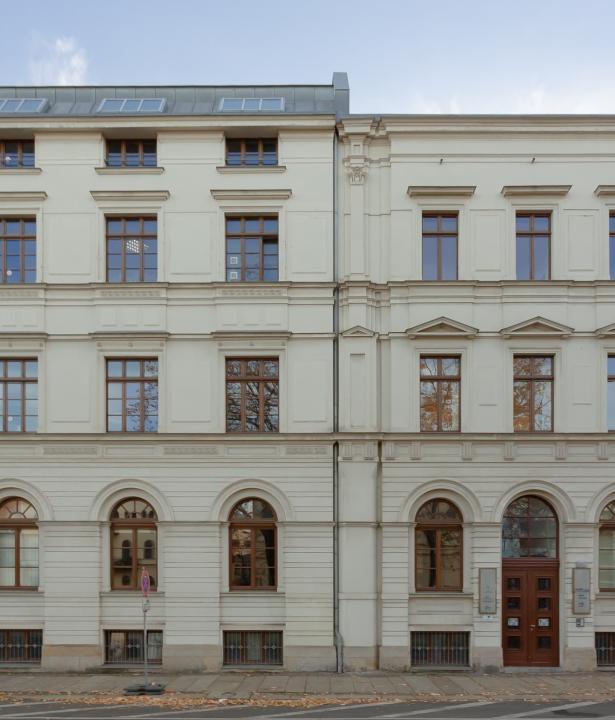In the Kingdom of Prussia, the abolition of all monasteries in 1810 meant a decisive historical turning point. The second part of the exhibition project "Klosterdämmerung" ("The Twilight of the Monastery") shows the historical development of the oldest of the seven Silesian Cistercian monasteries – Lubiąż Abbey – from the Middle Ages to its nationalization and closure in 1810, as well as its continued use and the changes after the end of the Second World War.
Text
In the abbot's refectory of Abbey, the exhibition "Klosterdämmerung" ("The Twilight of the Monastery") by HAUS SCHLESIEN presents the history of the oldest and largest of the seven Silesian Cistercian monasteries. From the 12th century onwards, the Cistercian monks based here played a decisive role in the development of the country and the spiritual, cultural and economic development of the Silesian region.
With its imposing Baroque façade, the Abbey became the center of Silesian Baroque painting in the 17th century through the work of the successful painter Michael Willmann. After secularization in 1810, which meant a radical turning-point with the abolition of all monasteries, it became a state stud farm and a sanatorium for the mentally ill. Since 1989, the private foundation Fundacja Lubiąż has been taking care of the preservation and restoration of the building complex.
The exhibition itself is part of the three-part project of the same name "Klosterdämmerung", which shows the historical development of the seven Silesian Cistercian monasteries from the Middle Ages to their nationalization and closure in 1810, as well as their continued use and the changes after the end of the Second World War.
Lubiąż
Lubiąż (German: Leubus) is a part of the municipality Wołów (German: Wohlau) in the Polish voivodeship Lower Silesia. The village became famous mainly because of the Cistercian monastery Leubus.
With its imposing Baroque façade, the Abbey became the center of Silesian Baroque painting in the 17th century through the work of the successful painter Michael Willmann. After secularization in 1810, which meant a radical turning-point with the abolition of all monasteries, it became a state stud farm and a sanatorium for the mentally ill. Since 1989, the private foundation Fundacja Lubiąż has been taking care of the preservation and restoration of the building complex.
The exhibition itself is part of the three-part project of the same name "Klosterdämmerung", which shows the historical development of the seven Silesian Cistercian monasteries from the Middle Ages to their nationalization and closure in 1810, as well as their continued use and the changes after the end of the Second World War.

Abbot's refectory in Lubiąż Abbey/Klasztor Lubiąż. Bernadett Fischer / HAUS SCHLESIEN, CC BY-NC-SA 4.0
Abbot's refectory in Lubiąż Abbey/Klasztor Lubiąż. Bernadett Fischer / HAUS SCHLESIEN, CC BY-NC-SA 4.0

Interior detail of the monastery church, Lubiąż Abbey/Klasztor Lubiąż. Bernadett Fischer / HAUS SCHLESIEN, CC BY-NC-SA 4.0
Interior detail of the monastery church, Lubiąż Abbey/Klasztor Lubiąż. Bernadett Fischer / HAUS SCHLESIEN, CC BY-NC-SA 4.0
Externe Links
External Image

External Image











